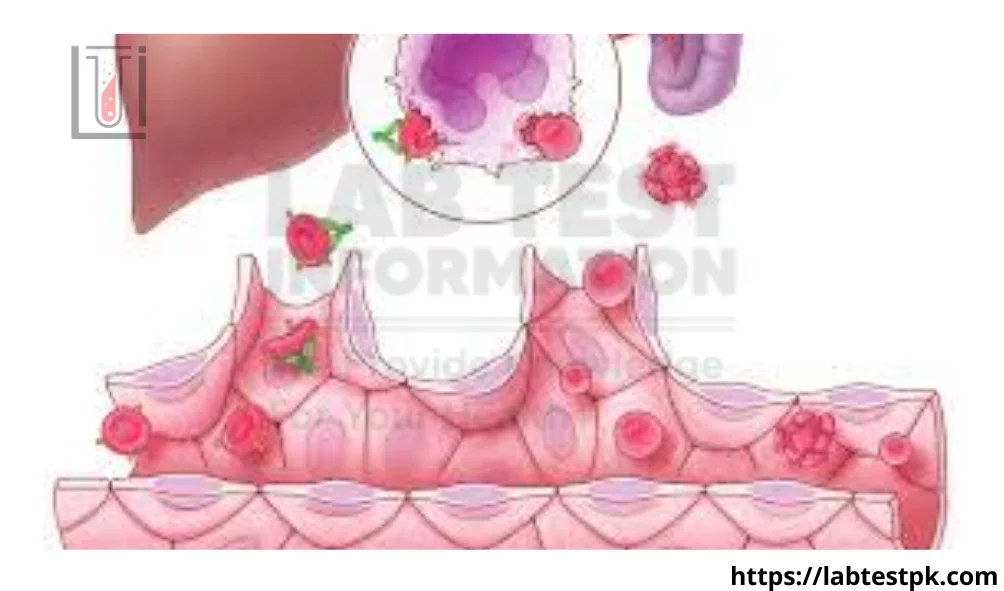Hemolytic transfusion reaction
Hemolytic transfusion reaction, A hemolytic transfusion reaction is a serious and potentially life-threatening complication that can occur as a result of a blood transfusion. This reaction happens when the donor’s red blood cells are destroyed by the recipient’s immune system. There are two main types of hemolytic transfusion reactions: immune-mediated and non-immune-mediated.
-
Immune-Mediated Hemolytic Transfusion Reaction:
-
Acute Hemolytic Transfusion Reaction (AHTR):
This is the most severe form of hemolytic transfusion reaction and occurs when the recipient’s immune system attacks and destroys the transfused red blood cells. This reaction can lead to the release of hemoglobin into the bloodstream, causing kidney damage and other systemic effects.
-
Delayed Hemolytic Transfusion Reaction (DHTR):
This reaction occurs days to weeks after a blood transfusion when the immune system mounts a delayed response against the transfused red blood cells. DHTR is typically milder than AHTR but can still cause significant complications.
-
-
Non-Immune-Mediated Hemolytic Transfusion Reaction:
-
Transfusion-Associated Circulatory Overload (TACO):
This reaction occurs when a large volume of blood is transfused rapidly, leading to fluid overload in the circulatory system. This can result in heart failure and respiratory distress. -
Transfusion-Related Acute Lung Injury (TRALI):
TRALI is characterized by acute respiratory distress following a blood transfusion. It is thought to be related to antibodies or other factors in the transfused blood that activate immune cells and cause inflammation in the lungs.
-
Causes of Immune-Mediated Hemolytic Transfusion Reactions:
- ABO Incompatibility: The most common cause is the transfusion of blood with an incompatible ABO blood group.
- Rh Incompatibility: Rh-negative individuals receiving Rh-positive blood can develop an immune response.
Symptoms of Hemolytic Transfusion Reaction:
- Fever
- Chills
- Back pain
- Dark urine
- Hypotension (low blood pressure)
- Rapid heart rate
- Shortness of breath
Prevention:
- Careful blood typing and cross-matching to ensure ABO and Rh compatibility.
- Adequate pre-transfusion testing and verification procedures.
Treatment:
- Discontinuation of the transfusion.
- Supportive care to manage symptoms may include intravenous fluids, medications, and, in severe cases, intensive care.
Prompt recognition and management are crucial to minimize the potential complications associated with hemolytic transfusion reactions. Transfusion reactions are relatively rare but emphasize the importance of thorough donor screening, blood typing, and cross-matching to ensure safe transfusions.



[…] Stop the transfusion immediately, provide supportive care, and initiate investigations to determine the […]
[…] Hashimoto’s thyroiditis, the immune system mistakenly attacks the thyroid gland, leading to inflammation and damage. TPO antibodies are often elevated in individuals with Hashimoto’s thyroiditis. […]